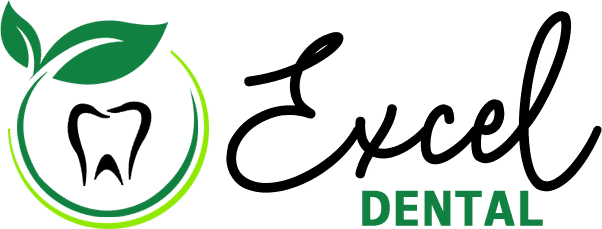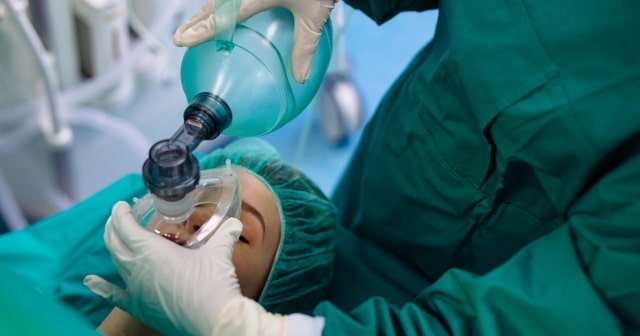Since the evolution of sedation dentistry, dental procedures are now often painless, regardless of their invasive nature. You won’t have to stay away from the necessary dental treatments out of fear and anxiety. A sedation dentist primarily focuses on offering effective treatments while patients feel comfortable during the procedures. Dentists can also provide sedatives for non-invasive procedures if the patients are scared. Understanding the recovery and aftercare process for sedatives will help ensure a smooth experience. Are you unsure about what to expect after a sedation appointment? Discover the entire process in this blog and learn how to approach it for better outcomes.
What To Expect After Sedation?
There are various types of sedatives that a sedation dentist can use, depending on the type of dental procedure and the level of dental fear a particular patient experiences. It includes oral sedation, nitrous oxide, IV sedation, and general anesthesia. Nitrous oxide wears off very quickly, allowing patients to resume their activities immediately. Oral and IV sedations generally take time to leave your system. Patients may feel drowsy for several hours after the procedure. However, general anesthesia requires the longest time to leave the human body and is generally used in cases of complicated procedures.
Immediate Post-Procedure Care
Dental professionals won’t let patients go back home until they are stable after any dental procedure. Always remember that rest is key after any medical procedure; it helps your body recover. Ensure you hydrate your body correctly and focus on relying on a liquid diet for at least the initial few days after dental treatments. Try to avoid driving and running heavy machinery for at least 24 hours if you have oral, IV sedation, or were under general anesthesia. Follow exactly what your sedation dentist says.
Pain Management And Medications
Minor pain and discomfort are closely associated with sedation dentistry. Your sedative dentist will prescribe the required medication, mostly to manage pain and prevent infections. In case there is swelling, you can use ice packs for instant relief. Strictly avoid smoking and drinking alcohol, as it can elevate your pain by irritating the surgical site. Within a few days, your pain and swelling should disappear. There is always a risk of infection after oral surgery; stay extra vigilant during this phase.
Monitoring Side Effects and When to Call the Dentist
While mild drowsiness and grogginess are usual, it’s important to monitor for any unusual symptoms. Check if you are facing persistent nausea or vomiting. Severe or worsening pain requires the patient to contact their dentist. Bleeding that doesn’t stop after several hours is another warning sign. Never be casual towards fever or signs of infection at the treatment site. Difficulty breathing or allergic reactions also need quick professional assessment. Dentists generally provide an emergency contact number, dial that when you don’t feel right.
Tips for a Smooth Recovery
Stick to soft foods for 24–48 hours, especially if you’ve had oral surgery or tooth extractions. Keep your head elevated with an extra pillow to reduce swelling. Avoid strenuous activity for one to two days to allow your body to recover fully. Resume brushing and flossing carefully, avoiding the treatment area if instructed. Follow all dentist-recommended follow-ups to ensure proper healing and address any lingering concerns.
Recovery Matters Just as Much as the Procedure
Sedation dentistry makes complex or anxiety-inducing procedures easier to manage, but recovery and aftercare are just as important as the procedure itself. By understanding what to expect and following your sedation dentist’s advice closely, you can minimize discomfort, prevent complications, and return to everyday life quickly and safely.


